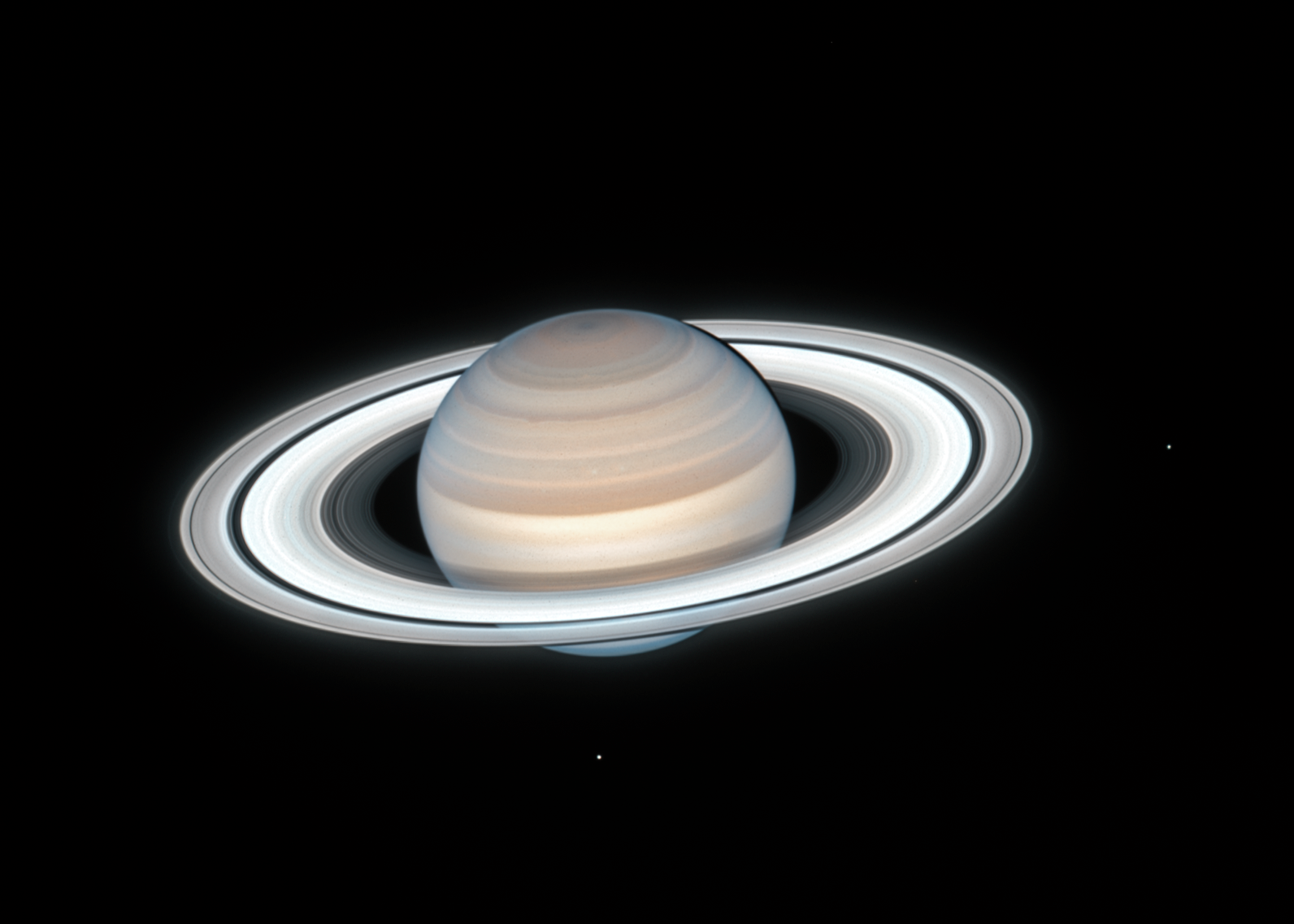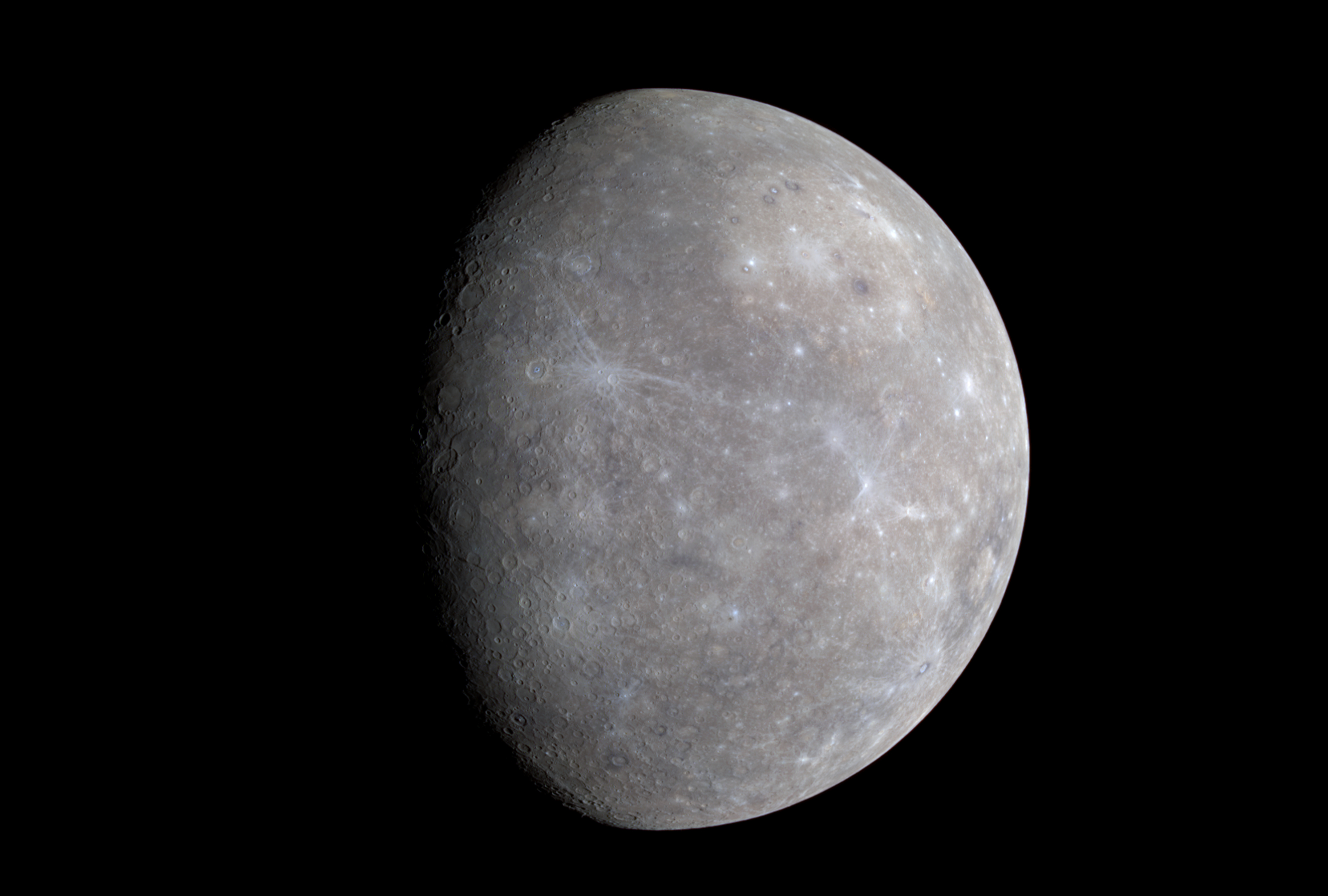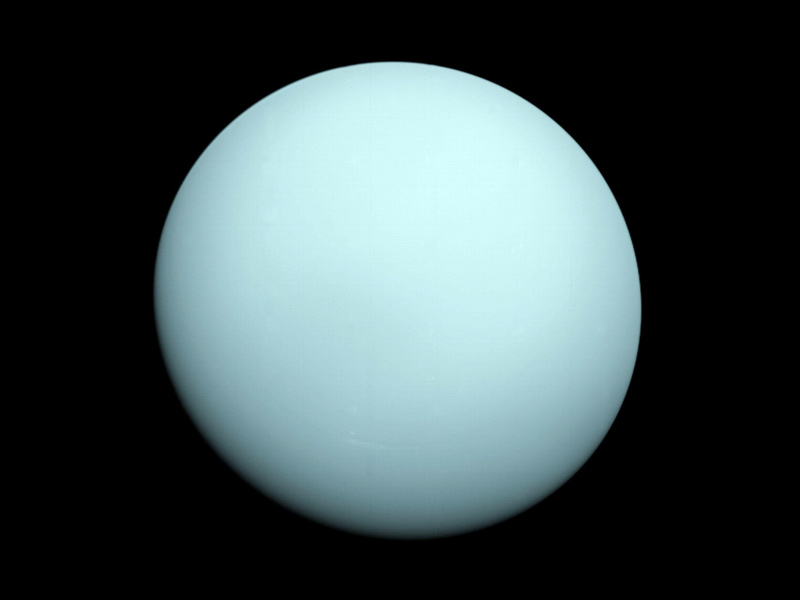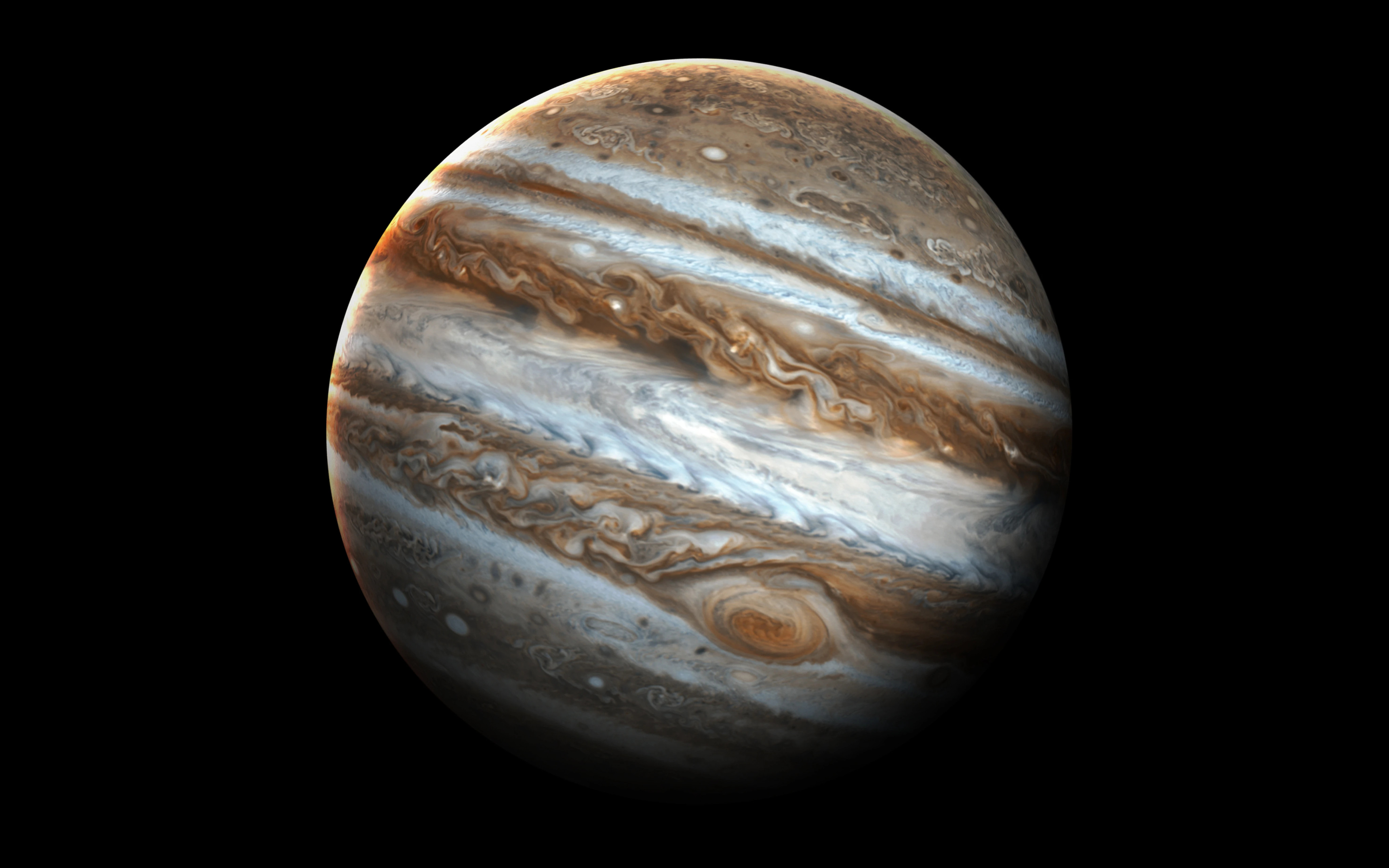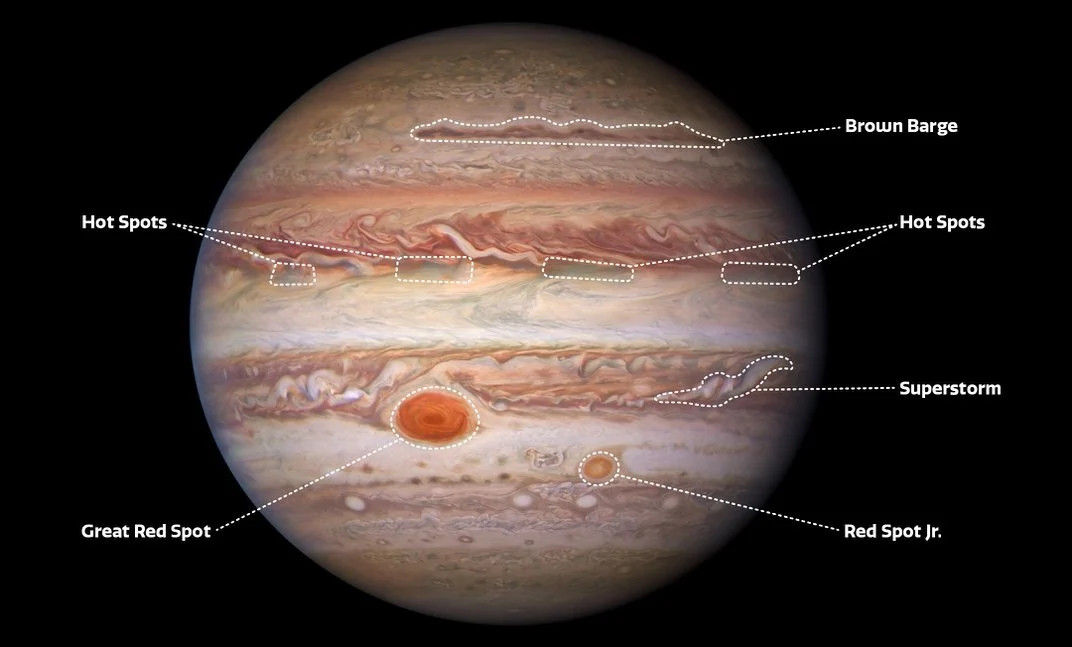
New discoveries about planets in our solar system, such as Mercury, Venus, Mars, Jupiter, and Saturn
The planets in our solar system have long been a subject of fascination for astronomers and space enthusiasts alike. Recent years have seen significant advancements in technology and research, leading to new discoveries about the planets in our cosmic neighborhood. This report will provide an overview of some of the most exciting new findings about Mercury, Venus, Mars, Jupiter, and Saturn...
SEE MORE

